Hedges Family Estate Red Mountain Cabernet Sauvignon 2018
-
James
Suckling -
Jeb
Dunnuck
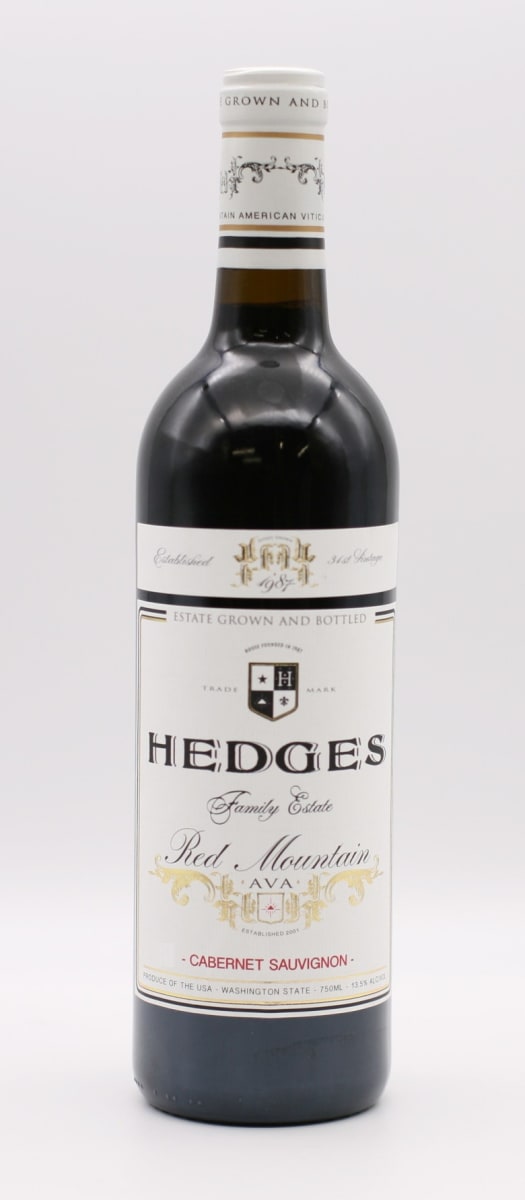


Product Details
Your Rating
Somm Note
Winemaker Notes
Very pretty, magenta color. A lot of black fruits, cloves, cinnamon bark, cedar, black pepper and honeyed figs with a touch of vanilla and cocoa. The palate is rich and full, with a surprisingly long mid-palate. The flavors are a mix of spicy and sweet with hints chicory, chocolate, blackberry and cinnamon. This wine lingers on both the aroma and palate and it’s one that will have you wishing you had another glass to pour after the bottle is empty.
Blend: 89% Cabernet Sauvignon, 4% Merlot, 1.5% Malbec, 1.5% Petit Verdot
Professional Ratings
-
James Suckling
Stewed currants, blueberry pie, walnut, cinnamon and milk chocolate on the nose. It’s full-bodied with firm, tight and chewy tannins. Structured, with bright, succulent acidity. 89% cabernet sauvignon, 4% merlot, 4% cabernet franc, 1.5% malbec and 1.5% petit verdot.
-
Jeb Dunnuck
The 2018 Cabernet Sauvignon Red Mountain checks in as 89% Cabernet Sauvignon, with the balance Merlot, Cabernet Franc, Malbec, and Petit Verdot, all from a mix of sites on Red Mountain. Plenty of smoked black fruits, lead pencil, leafy tobacco, and baking chocolate notes give way to a medium to full-bodied, well-made, nicely textured, and balanced Cabernet. The American oak is borderline too much, but again, it holds it together and certainly has character
Other Vintages
2021-
James
Suckling - Vinous
-
Jeb
Dunnuck
-
James
Suckling -
Robert
Parker
-
James
Suckling -
Jeb
Dunnuck


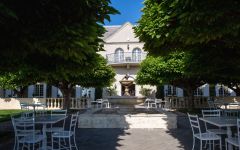
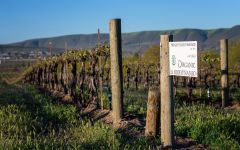
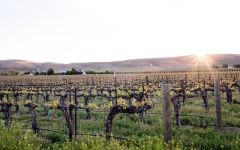
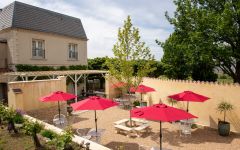



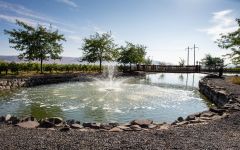
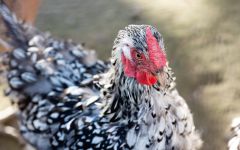
It was 1986 when Washington native Tom Hedges found his first employment in the wine industry marketing American wines in Taiwan. From that humble beginning, Hedges Cellars, then a "virtual" winery, found its first customer: the government of Sweden. Tom and his wife Anne-Marie marketed their Cabernet/Merlot blend to foreign buyers exclusively for two years before going domestic and opening up North American distribution. Still without their own winery, they took a chance buying acreage on an obscure little hill called Red Mountain.
The Hedges have concentrated their efforts on Cabernet Sauvignon and Merlot, and the concept of terroir since their first vintage in 1987. With Anne-Marie Hedges' roots and childhood in the Champagne region of France, it was only natural that a French-style chateau would be built on the slopes of Red Mountain amongst their vines.
Their daughter, Sarah Goedhart, is the head winemaker and their son Christophe Hedges is the General Manager. Hedges Cellars transitioned to Hedges Family Estate, and farming practices became more focused towards being organic, vegan. The first two vineyards were certified Biodynamic by Demeter in 2011 and all five vineyards were certified in 2021. Robert Parker awarded Hedges the Green Emblem in 2022 in recognition of their long-term commitment to sustainability. Their future direction is clear: they will continue to work as a family to unite farming, winemaking, and the promotion of their wines and the Red Mountain AVA.

A noble variety bestowed with both power and concentration, Cabernet Sauvignon enjoys success all over the globe, its best examples showing potential to age beautifully for decades. Cabernet Sauvignon flourishes in Bordeaux's Medoc where it is often blended with Merlot and smaller amounts of some combination of Cabernet Franc, Malbecand Petit Verdot. In the Napa Valley, ‘Cab’ is responsible for some of the world’s most prestigious, age-worthy and sought-after “cult” wines. Somm Secret—DNA profiling in 1997 revealed that Cabernet Sauvignon was born from a spontaneous crossing of Cabernet Franc and Sauvignon Blanc in 17th century southwest France.

A coveted source of top quality red grapes among premier Washington producers, the Red Mountain AVA is actually the smallest appellation in the state. As its name might suggest, it is actually neither a mountain nor is it composed of red earth. Instead the appellation is an anticline of the Yakima fold belt, a series of geologic folds that define a number of viticultural regions in the surrounding area. It is on the eastern edge of Yakima Valley with slopes facing southwest towards the Yakima River, ideal for the ripening of grapes. The area’s springtime proliferation of cheatgrass, which has a reddish color, actually gives the area the name, "Red" Mountain.
Red Mountain produces some of the most mineral-driven, tannic and age-worthy red wines of Washington and there are a few reasons for this. It is just about the hottest appellation with normal growing season temperatures commonly reaching above 90F. The soil is particularly poor in nutrients and has a high pH, which results in significantly smaller berry sizes compared to varietal norms. The low juice to skin ratio in smaller berries combined with the strong, dry summer winds, leads to higher tannin levels in Red Mountain grapes.
The most common red grape varieties here are Cabernet Sauvignon, Merlot, Cabernet Franc and Syrah, among others. Limited white varieties are grown, namely Sauvignon blanc.
The reds of the area tend to express dark black and blue fruit, deep concentration, complex textures, high levels of tannins and as previously noted, have good aging capabilities.
